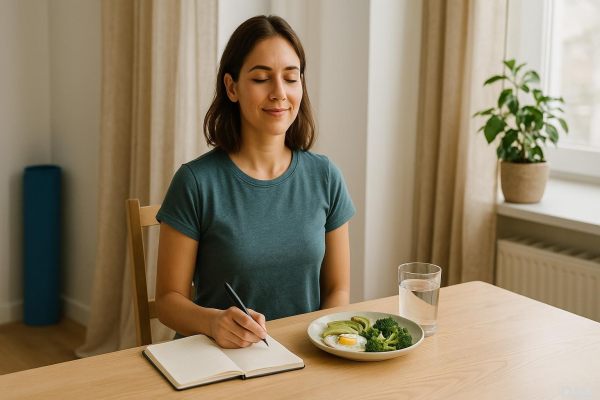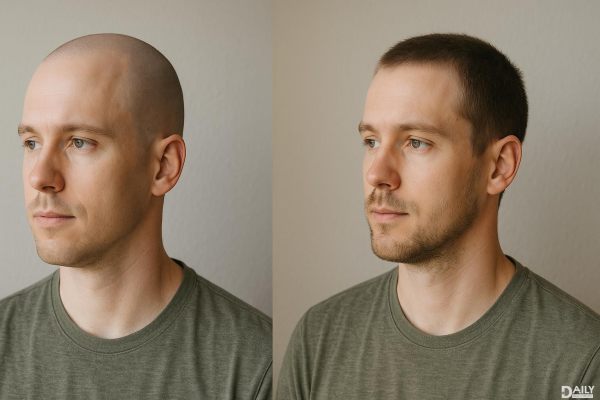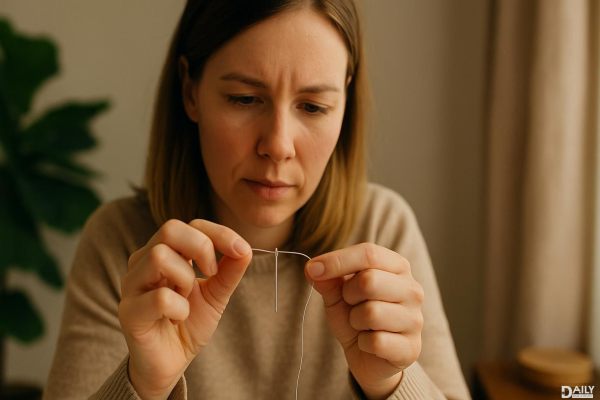Napping isn’t just for toddlers or retirees—it can be a game-changer for productivity, mood, and overall well-being. As someone who rediscovered the power of napping after years of burning the candle at both ends, I can confidently say that a well-timed snooze can be the difference between dragging through the afternoon and crushing your to-do list with laser focus. But not all naps are created equal. If you’re going to make napping a habit, you’ve got to do it right—otherwise, you might end up groggier than before.
The Science Behind Napping: Why Your Brain Craves a Midday Break
Our bodies are wired for a natural dip in energy levels in the early afternoon, thanks to our circadian rhythms. That post-lunch slump isn’t just in your head—it’s biology. Research shows that a short nap (around 20-30 minutes) can improve alertness, memory, and even creativity. NASA famously studied pilots and found that a 26-minute nap boosted performance by 34% and alertness by 54%. Meanwhile, longer naps (60+ minutes) can help with emotional processing and problem-solving, but they come with a risk of sleep inertia—that groggy, disoriented feeling that makes you want to crawl back under the covers.
But here’s the kicker: napping isn’t just about feeling less tired. Studies suggest that regular nappers may have a lower risk of heart disease, reduced stress levels, and even better immune function. So, if you’ve ever felt guilty about sneaking in a midday siesta, science has your back.
How to Nap Like a Pro (Without Wrecking Your Sleep Schedule)
If you’re going to commit to napping, you need a strategy. The biggest mistake people make? Sleeping too long or at the wrong time. Here’s how to optimize your nap for maximum benefits:
Timing is everything. The ideal nap window is between 1-3 PM—late enough that you’re past your morning energy peak but early enough that it won’t interfere with nighttime sleep. If you nap too late in the day, you risk throwing off your sleep cycle.
Keep it short and sweet. A 20-30 minute nap is the sweet spot for most people. It’s long enough to recharge but short enough to avoid deep sleep, which can leave you feeling worse than before. Set an alarm to avoid oversleeping.
Create a sleep-friendly environment. Just like nighttime sleep, your nap environment matters. Dim the lights, block out noise (earplugs or white noise can help), and make sure you’re comfortable. If you’re at work, a quiet break room or even your car can work in a pinch.
Don’t fight the post-nap fog. If you wake up feeling a little disoriented, give yourself 5-10 minutes to fully wake up before jumping back into tasks. A quick splash of cold water or a short walk can help shake off the lingering drowsiness.
The Social Stigma of Napping (And How to Get Over It)
napping in a culture that glorifies hustle and burnout can feel like admitting defeat. There’s an unspoken belief that if you’re not grinding 24/7, you’re not working hard enough. But here’s the truth: some of the most successful people in history were avid nappers. Winston Churchill, Albert Einstein, and even former President Bill Clinton swore by their daily naps to stay sharp.
If you’re worried about judgment, reframe the conversation. Instead of calling it a “nap,” call it a “cognitive reset” or “strategic recharge.” When coworkers ask why you’re so productive in the afternoons, tell them the truth—you’ve optimized your energy levels. Chances are, they’ll be intrigued (and maybe even jealous).
What Happened When I Made Napping a Non-Negotiable
After a week of disciplined napping, the results were undeniable. My afternoons felt less like a slog and more like a second wind. I was more patient in meetings, made fewer careless mistakes, and actually had energy left for hobbies after work. The best part? I didn’t need that 3 PM coffee anymore.
But the real test came when I had to skip a nap one day. By 2 PM, I was irritable, unfocused, and reaching for sugary snacks just to stay awake. It was a stark reminder of how much those 20 minutes of rest were actually doing for me.
Now, napping isn’t just a habit—it’s a non-negotiable part of my routine. Whether I’m working from home or in an office, I carve out time to recharge. And if that makes me a “slacker” in someone’s eyes, so be it. I’ll be the well-rested one laughing all the way to the productivity bank.
If you’ve been on the fence about napping, give it a shot. Start small, track how you feel, and adjust as needed. Your brain (and your future self) will thank you.
























